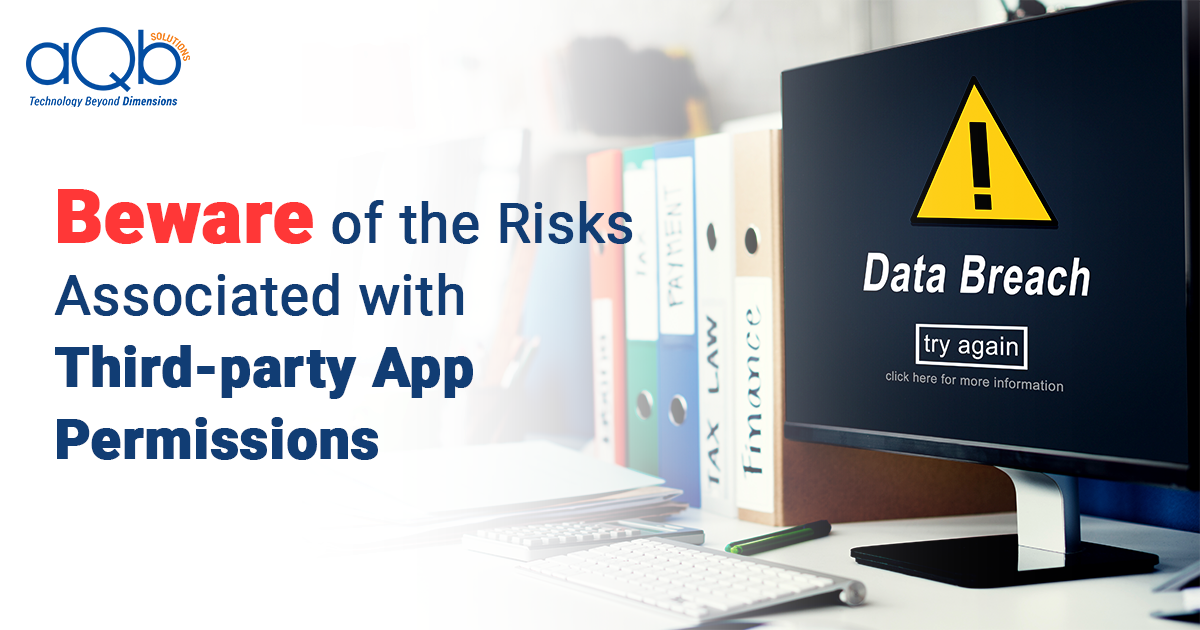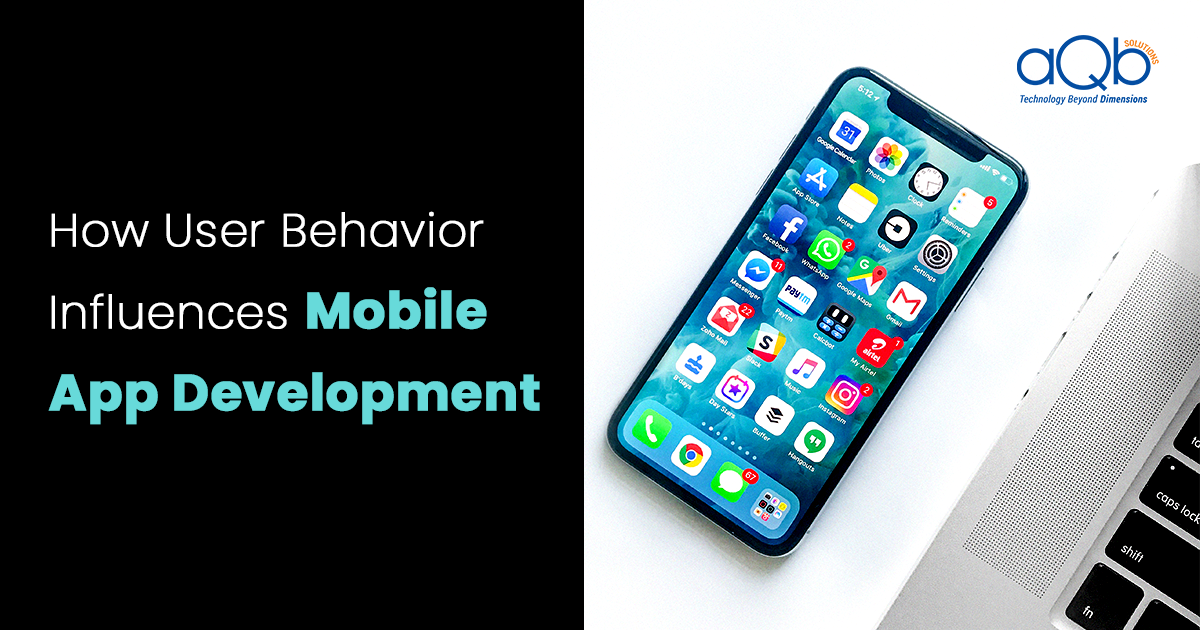Mobile devices typically need to support numerous security objectives like integrity, confidentiality, and availability. These are typically accomplished through a combination of security measures engineered into the mobile devices. Additional security controls are applied to various mobile devices and other elements of the enterprise IT infrastructure as well.
Usage of third-party applications on your Smartphone device, Android devices to be more specific, poses obvious security risks, especially for application stores and mobile phone platforms that do not place any security restrictions or limitations on third-party application enterprises. Research has shown that there is a higher risk of malware infection from apps downloaded via third-party app stores as compared to in-built/ in-house apps.
When an app request’s for permission, it’s actually seeking for you to allow complete access to requisite information from your device, for it to perform in a full-fledged manner. Within their phrasing or description, every permission sets out the conditions that the app could have an effect on (or which will have an effect on it, in turn) while the appliance is put to use.
What developers primarily need to ensure is that no transmitted and stored data can be read by unauthorized parties. No intentional or unintentional alterations should be made to the transmitted and stored data. And also to ensure that users should be able to access resources using mobile devices whenever needed.
Here are some possible permission a third-party app could request for and the risk factor involved:
Identity and call information:
Your personal details and your device Id are used to authorize apps to sign into accounts, like for instance your Gmail account. It can even be used to monitor when you accept and decline calls. There lies a risk factor for sensitive information such as the phone and International Mobile Equipment Identity (IMEI) number being exposed to outsiders. Also, sensitive data could also be utilized by malicious apps if permitted access. It could also be used to make calls to paid numbers unnecessarily.
Contact and SMS:
The app gets authorized to access your contact list and your entire message thread. Hence it can read all the information available regarding various contacts on your device. If one grants permission for access to malicious devices, the app could send out spoof emails and illegitimate text messages to available email addresses and phone numbers. It could even tack on additional SMS charges.
Camera and Media:
Upon authorization, third-party apps can control the working of the camera completely. It would also give them access to personal media like photographs, files, recordings and much more. Vulnerable apps could end up taking unwanted images on the camera or could even steal, share, delete your valuable data/recordings.
Storage and device history:
Unauthentic apps could read, edit or even delete information from your entire memory. With the provided access, they can have a complete record of phone-data sites, your bookmarks and browser history. Internet-enabled devices could upload unauthorized, private pictures onto the websites.
Location:
By permitting access to your phone location, you provide third-party apps to clearly find your precise location. It could be used for calculating parameters like speed, distance, expected arrival time, the shortest possible route. It could be used for finding nearby utilities offers and rewards. It can even be used for sending you location-based alerts or notifications there are many threats that could arise due to location-based ads. There is a possible risk of a malware attack.
The simplest security approach that one could follow includes prudent designing, rigorous risk assessment, maintaining consistency of internal policies, and regular tracking and reviewing of information accessed by your merchandisers and their vendor chain. Using these simple measures, companies can considerably cut back their risk of a ruinous breach by staying a step ahead of the dangerous apps.




